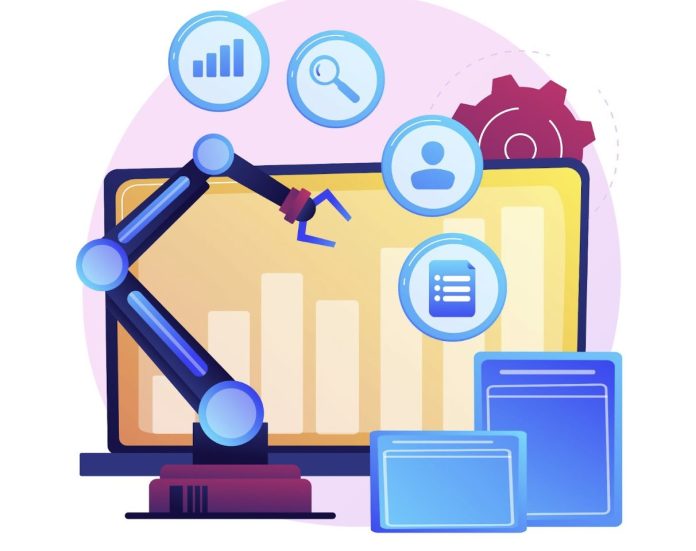Artificial intelligence is becoming the engine behind a lot of real-world products. A lot of businesses started to recognise its value and the benefits AI automation brings, which fuelled interest in the development of fully AI-powered software.
However, building such products isn’t as easy as it might seem.
Compared to traditional product development, AI requires special attention and fine-tuning to work properly. So, should you choose AI product development over the traditional one?
Why choose AI product development over traditional development?
Nowadays, there are a lot of AI-powered products that work in parallel with traditional software. You might assume that since both options are viable, there’s not much difference between the two in terms of benefits.
However, that’s far from true.
Automation of complex tasks
Traditional automation handles fixed rules well, but it fails when patterns change over time. On the other hand, AI excels at pattern recognition, especially when paired with image recognition technology or natural language processing.
In cases where static, rule-based logic fails, AI shows its full potential.
Personalisation at scale
Most customers expect platforms and products to have personalisation as a feature. Adaptable content, recommendation engines, and preference-based interaction are all done with the help of AI.
While traditional software could replicate the same results, it’s just not feasible to manually build these features for each user. AI is better at scaling such functions, making it a perfect choice for a better user experience.
Better decision-making
Traditional software is rule-based, which means it’s not flexible in its decisions. On the other hand, given the right amount of data, AI’s decision-making can adapt and change over time to reflect changes in business needs.
This feature is especially useful in time-sensitive and data-heavy fields, like healthcare or finance.
Continuous improvement
Traditional software’s logic doesn’t give much room for improvement. Every change has to be hard-coded or rewritten, which takes a lot of time and effort from the business side.
AI’s performance can evolve without complete rewrites, making them a perfect pair for dynamic environments.
Competitive advantage
The combination of fast decision-making, flexibility, and personalisation transforms AI from a mundane feature into a powerful tool that can give you the edge over your competition.
Common pitfalls in building AI products
Seeing the benefits AI-powered products have, a lot of businesses try to replicate others’ success on their own. However, rushed decisions and development could lead to worse outcomes.
Here are some of the pitfalls you might encounter during the development.
Treating AI like traditional software
There’s a huge difference in how AI-powered software behaves compared to traditional one. It’s not rule-based, and can fail in unexpected ways.
Fixed test cases won’t work for AI-powered products the same way they do for traditional software. A good call would be to monitor AI’s behaviour, validate datasets and use error analysis tools.
Building the model before defining the problem
One of the most common mistakes businesses fall for is building the model without understanding user needs. As a result, such solutions are in search of a problem.
Instead, focus on defining the problem first, then decide whether AI is the answer and which type of AI suits users best.
Poor data quality
The model will be as good as its training data. Biased information, corrupted and mislabelled files will lead to inconsistent decision-making and a biased AI model.
Make sure your training data is clean, properly labelled, and does not have duplicates. High-quality data results in a high-quality AI model.
Ignoring edge cases and model failures
AI systems are not as easy to test as traditional software. They may appear to work until one edge case that completely fails the whole system.
Closely monitor the model’s behaviour, log predictions and fine-tune the system to include even out-of-the-box queries it might have to deal with.
Final words
AI product development is about ensuring that artificial intelligence is fully integrated into a system and is reliable for users. Developing such systems is harder compared to traditional software, but the benefits they bring dwarf rule-based software in comparison.



 Bitcoin
Bitcoin  Ethereum
Ethereum  Tether
Tether  XRP
XRP  USDC
USDC  TRON
TRON  Lido Staked Ether
Lido Staked Ether  Cardano
Cardano  Avalanche
Avalanche  Toncoin
Toncoin  Solana
Solana